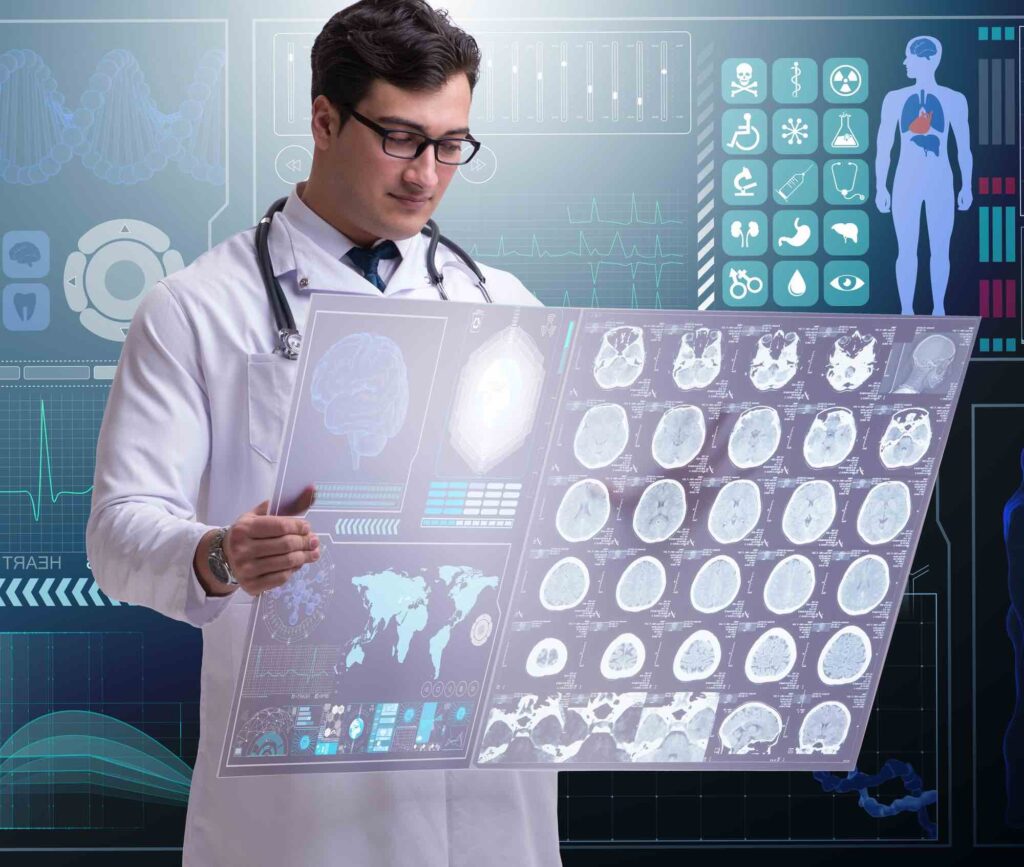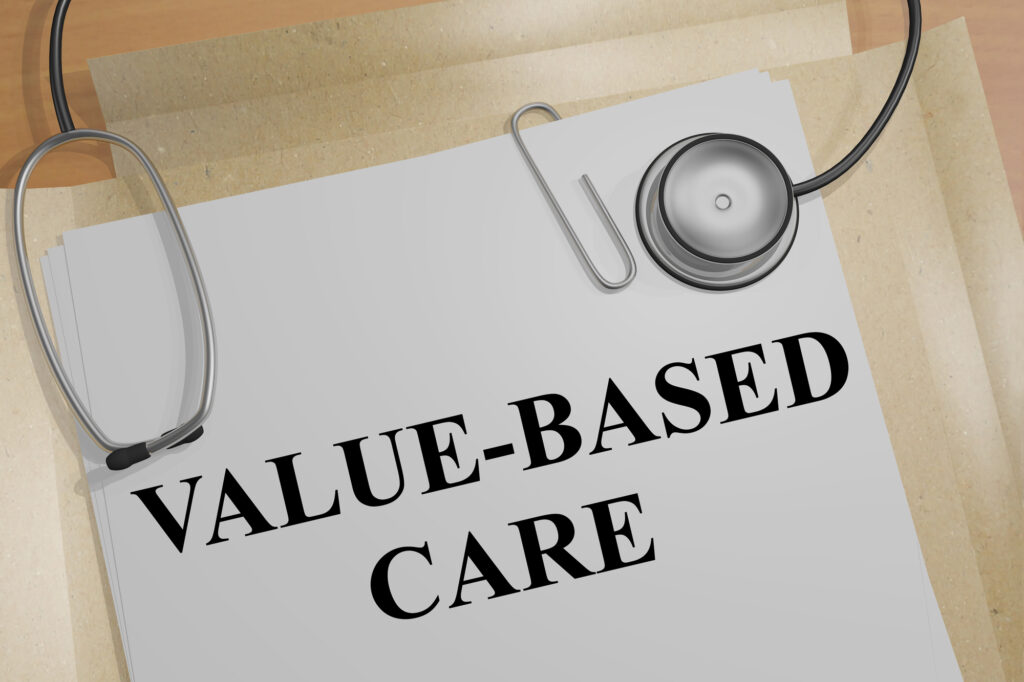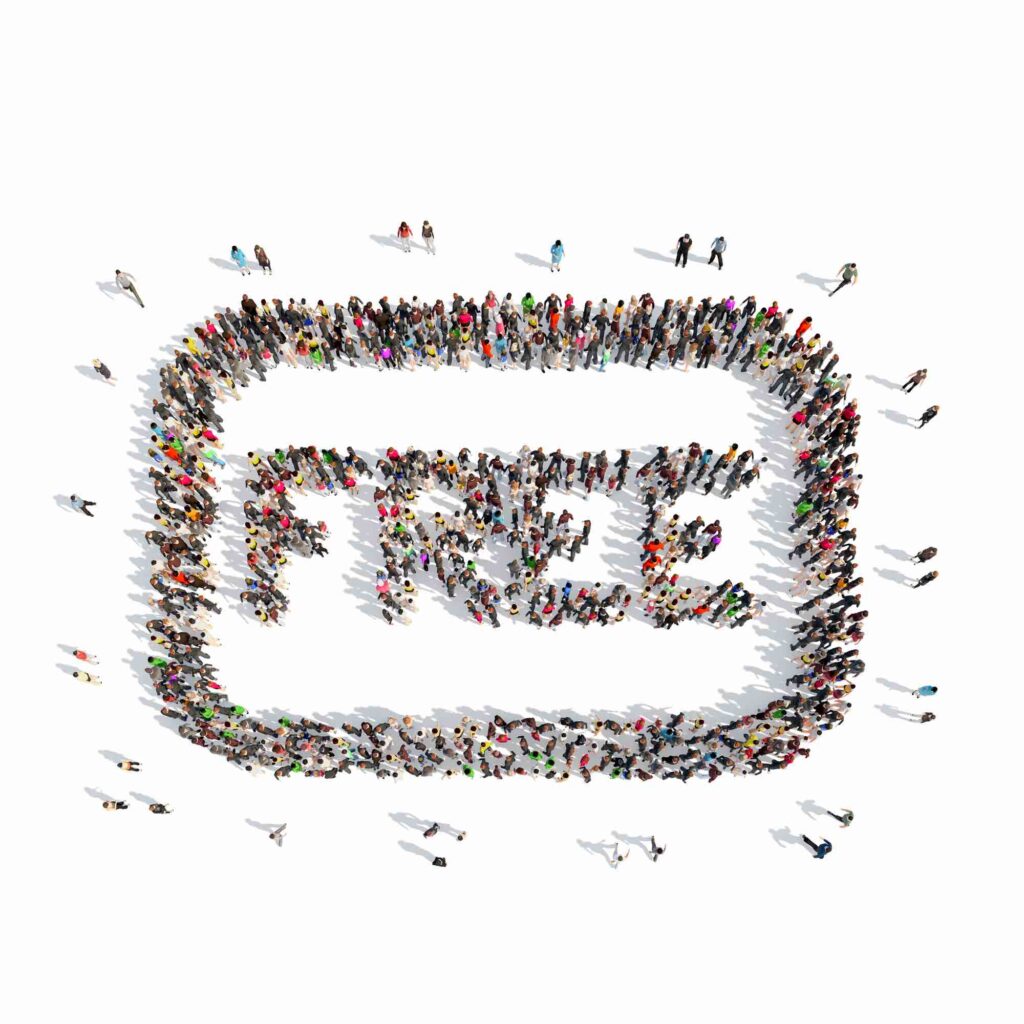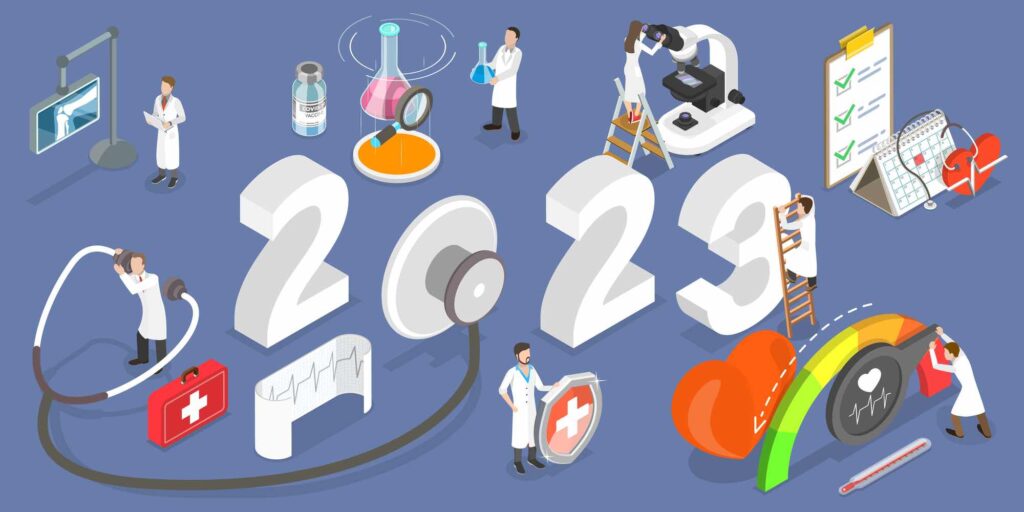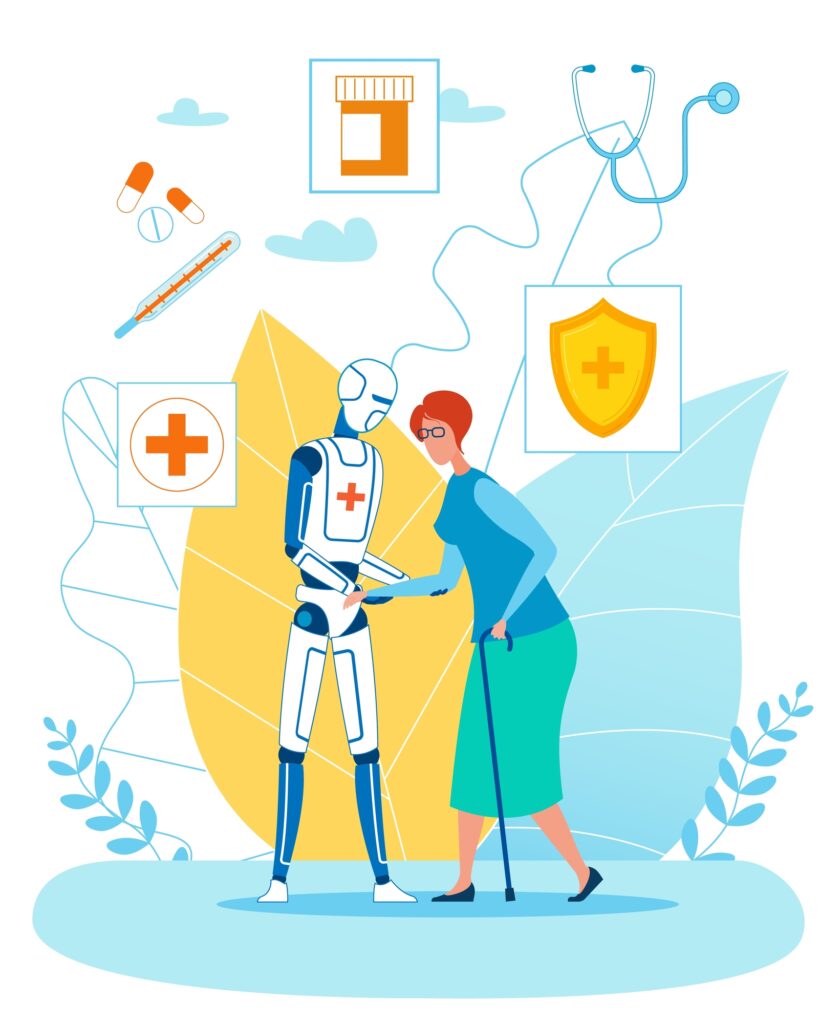
Did you see this headline last month in Healthcare IT News? RPM brings 30-day mortality rate to almost zero for heart bypass procedure. Remote patient monitoring (RPM) offers to extend the reach of care and allow clinical teams to respond faster to changing patient conditions and reduce re-admissions for chronic conditions and post-operative care. While the article references a single site for the results of this RPM program, there have been numerous other studies and reports citing the promising results of these types of programs. Perhaps not a total elimination, but significant reductions are achievable.
There are a variety of companies out there trying to capitalize on utilizing various forms of RPM to capture early changes in the physiologic status of patients. Apple Watch and afib detection/monitoring is probably the most widely known out there of late. But remote monitoring or in-home monitoring devices have been around for decades, with a variety of connections, from dial-up to wifi to cellular. In addition to companies offering remote monitoring devices, there are a variety of companies offering to do the remote monitoring, hiring clinical teams to monitor patient connections. Often these companies can offer the benefit of scale to manage a smaller group of patients that would otherwise be an overwhelming administrative burden.
So what’s the catch? We know there’s always a catch! Remote monitoring sounds like a simple thing to do, and by and large the technology and FDA approvals already exist to make it happen. But as with anything data-related in healthcare, the data flows are a big pain point.
More connected devices from one ecosystem to another. There’s a lot of those in healthcare. Adding another tech burden for clinical teams to trouble shoot and figure out what happened can quickly render an RPM program ineffective. Even the most savvy clinical team and 100% compliant patients can be undone by connections that aren’t talking.
Whether the decision is to outsource and RPM program or handle it in-house, connections need to be reliable to get the right data to the right person at the right time. Anything less can result in a patient heading to an ER or Urgent Care for something that could’ve, and should’ve, been handled in the comfort of their own home. Not only is this detrimental to the patient, but it can also have a negative impact on reimbursement.
Reliable feeds and early notification of problems can keep clinical teams operating smoothly, ensuring patients receive timely care and interventions. Not only does this keep your teams working for the health of your patients, but it also gives patients confidence that your systems are working just as effectively as your clinical teams keeping them healthy.
Automated applications and integration monitoring can help quickly identify and resolve issues to minimize any downtime impact. For over 10 years Tido Inc. has been partnering with health systems to help maximize their IT systems and quickly resolve issues as they arise, often before the end user even notices. Contact us today so we can talk about how we can help you keep your systems working for you clinical teams and patients.
